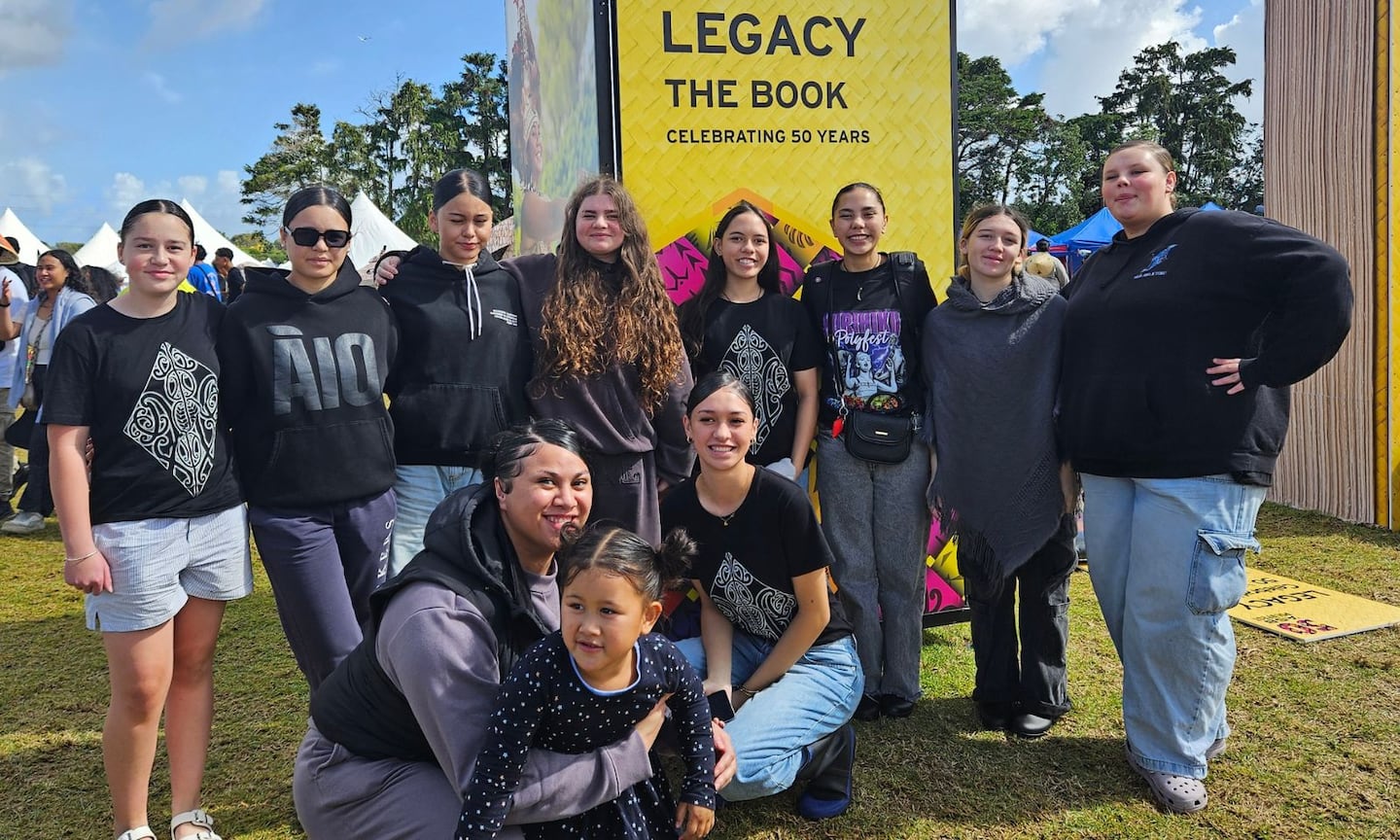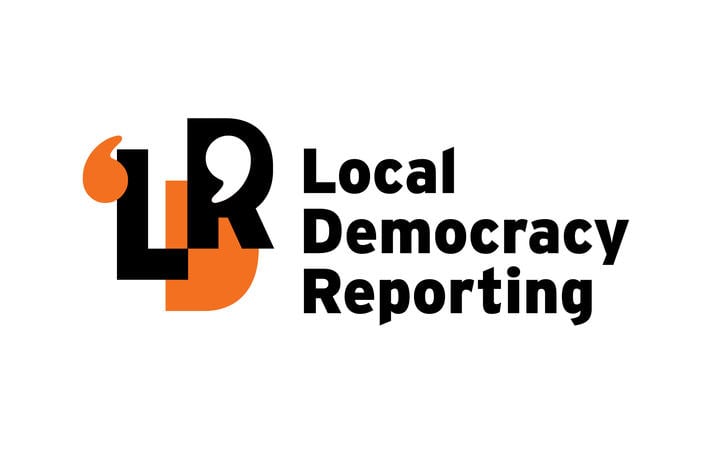A small kapa haka group from Menzies College (Te Kāreti o Mēneti) in Wyndham has made its first-ever trip beyond the South Island to attend the 50th ASB Polyfest in Auckland.
Ngā Awa e Toru, named after the three rivers that meet in their hometown, says the experience is about reconnecting with their Māori identity and carrying that legacy home to Murihiku, near the bottom end of the South Island.
The 10-member group from Murihiku has made the long-awaited journey to Tāmaki Makaurau not to perform at Polyfest but to immerse themselves in the culture and be inspired.
They travelled over 1500 kilometres to reach the Manukau Sports Bowl. The trip was the result of three years of planning and fundraising.
“It’s a privilege to represent our Māori students down in Southland. We’ve spent three years planning and fundraising just to be here today,” says Kaedyn, a student leader.
“We’re a small kapa haka group rebooted, like maybe less than five years ago. Ever since then, we’ve been trying to rebuild the confidence of our Māori students to get out there, perform, and just embrace their Māoritanga. That’s especially hard in the South Island when we’re very low on resources for those things.
“Our teachers have put together this leadership trip to experience what it’s like to be immersed in their culture, and that. So, three years, we’ve spent fundraising and planning, and that’s what’s taken us here today.”
When asked why they were inspired to attend Polyfest, Kaedyn says, “Polyfest in the South Island is very different from Auckland. Again, low on resources. The Māori culture is very different from Southland, so to come up here, to compare and contrast what we can do.”
“It’s pretty cool,” she adds, reflecting on how it feels to see their hard work finally come to fruition.
Being selected as a leader and representing their school is a privilege for Kaedyn.
“It is a privilege to be representative for our Māori students down in Southland.
Why the reboot over the past five years?
“We did have a history of kapa haka, but not much, like, there’s just not much that they look into. We’re lucky to have two teachers to come forward and say that they would pick up the group and they would be the ones to open it and take us.”
Comparing their hometown to Auckland, she says, “It’s so big here. It’s huge here. There’s so many people that travel from far, and what the lady said of how people are watching from across the world to come to Polyfest. That’s such a huge thing, and it would be nice to take it back down to the South Island.”
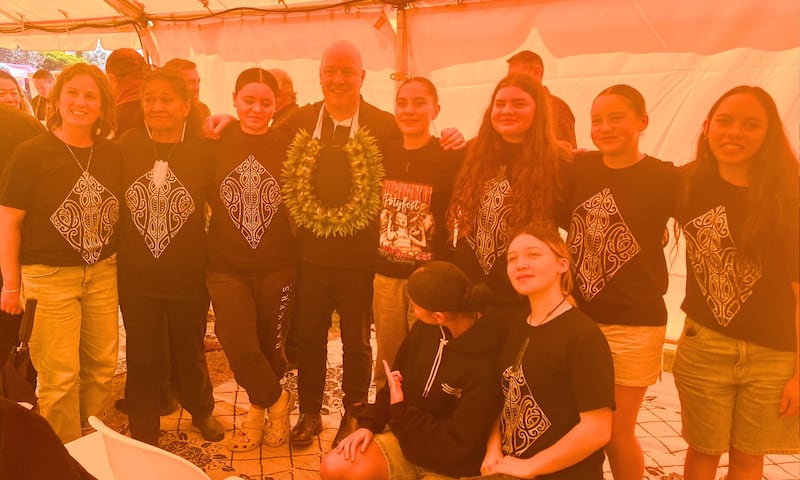
Kaedyn and the rōpū were part of the pōwhiri that welcomed the Prime Minister and his delegation to Polyfest on Saturday. The “lady” Kaedyn refers to is Polyfest Director Seiuli Terri Leo-Mauu, who told Christopher Luxon: “We’ll show you how to bring our country, our festival, to the world stage again, because everyone knows about Polyfest. We’ve got people here from Hawaii, from Canada, people watching us from the Netherlands, people watching us from Poland. I’ve got those stats for you.”
Jorja, another member of Te Kāreti o Mēneti group, says, “I’ve really come here to try and learn some new stuff, try and take some stuff on from the rōpū around here so that I can take it back down to our small little community and teach our community about all the stuff up here. It means a lot to me being here. It’s really a privilege to be here as well.”
When asked how many members from their rōpū were back home, Jorja says, “I think maybe another 10, 15. We’re not a very big rōpū. We’re quite tiny.
“It’s also important. It’s a bit buzzy to me that ASB Polyfest has more rōpū than Te Matatini,” she says, highlighting that Polyfest’s Māori stage features 64 performing groups this year, while Te Matatini has 55, making Polyfest the biggest Māori stage in Aotearoa.
This marks the rōpū’s first time attending Polyfest. “The furthest we’d ever been before this was Christchurch - and that was for sports competitions and stuff like that.”
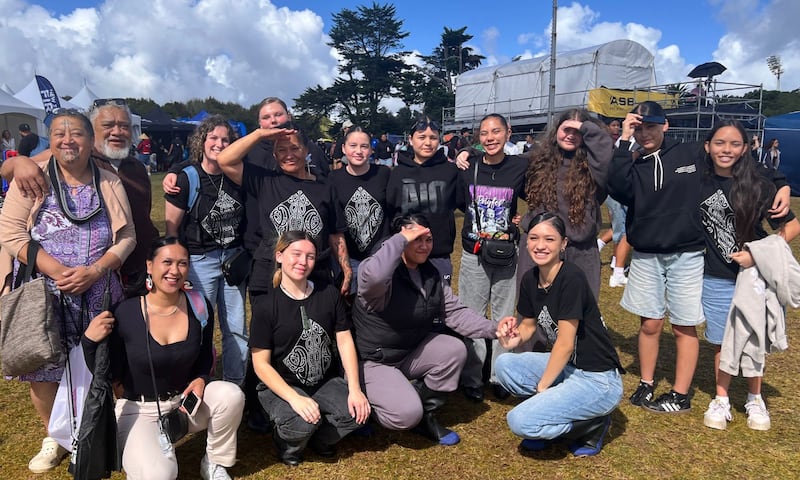
Reflecting on the kapa haka performances at Polyfest, Jorja says, “It’s quite different to the kapa haka down South, especially the dialects they speak up here compared to the dialects down South.
“I’m grateful to have our teachers that believe in us and gave us this opportunity and believed that we could come up here.”
When it comes to food, a major attraction for many, it certainly made an impression.
“That’s the first thing we did when we came down. We went straight to get some food.”
Jorja says the group’s name - Ngā Awa e Toru - reflects their origins.
“It’s where our school is, there’s three rivers that connect. In our town, the Three Rivers meet.”
Kaedyn shared the challenges they faced in finding the knowledge and resources needed for their trip.
“We had to fundraise a lot just to get our kākahu and then find people that had that knowledge to make the kākahu. It’s also hard to find, because I’d say that the root of our culture is up here in the North Island.”
“I think down south we’ve lost a lot of it, and if we haven’t, I think they’re just a lot stricter on it, so people are too scared to get into it and immerse themselves within. So a lot of people try to stay away from it, too scared to get told off.”
When asked by Local Democracy Reporting if they felt inspired by attending Polyfest and being part of the 50th anniversary theme of legacy, the rōpū responded in unison, “Yes”.
The young group of wahine Māori was embracing the Poly atmosphere, where different cultures were proudly showcased. They were more enthusiastic about the kai, the food.
“It’s been a long time fundraising, but it’s definitely worth it,” Samantha Johnstone says.
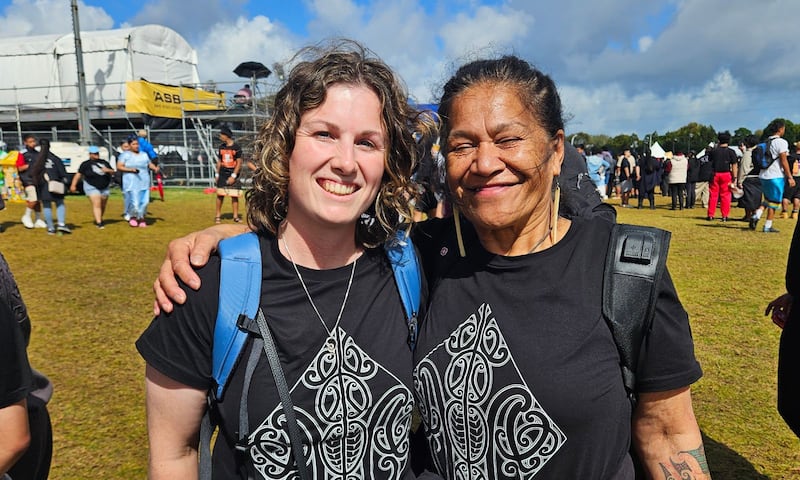
“The experience that these students have got through visiting the Treaty of Waitangi grounds as well, our Tāne Mahuta and then ending in Polyfest, has provided opportunities that these students wouldn’t get back home and also inspired them to further become leaders at our school.
“I really hope this is one of many trips to Polyfest, especially for our rangatahi at school, to be able to be inspired and see more rōpū from around the North Island perform as well.”
Johnstone says, “I hope that everyone takes something away that they can bring back to their kura as well to inspire - whether it’s a waiata or it’s a kākahu design, or just being inspired to perform at Rangatahi Tour and Hau Tonga back at home as well.”


